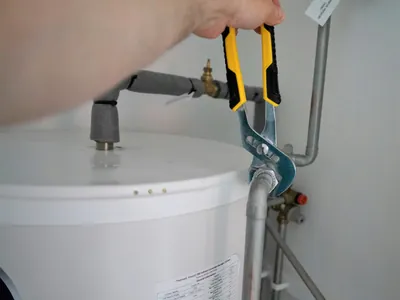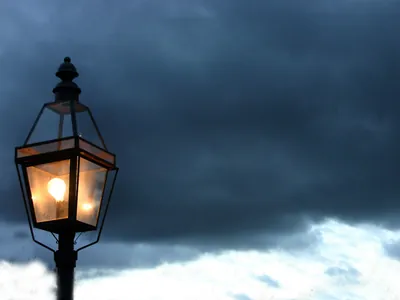Ceiling Fan Installation: Complete Guide

A ceiling fan is a fantastic addition to any room, improving air circulation to keep you cool in the summer and warmer in the winter. While installing one might seem like a manageable DIY project, it involves working with electricity overhead and ensuring a heavy, moving object is securely mounted. For these reasons, safety is paramount, and professional installation is often the wisest choice.
🛡️ The Most Critical Step: A Fan-Rated Box
You cannot hang a ceiling fan from a standard plastic electrical box designed for a light fixture. A ceiling fan is heavy and generates dynamic force from its spinning blades.
You must use a metal electrical box that is specifically rated for ceiling fan support. This box will be stamped "Rated for Fan Support" and is designed to be fastened directly to a ceiling joist or a special brace mounted between joists. This is the single most important safety factor in any ceiling fan installation.
🔧 Key Installation Steps
A professional installation follows a precise process to ensure safety and proper function.
💡 Balancing and Other Considerations
Final Touches:
- Blade Balancing: If the fan wobbles, it needs to be balanced. Most fans come with a balancing kit to help correct any minor imbalances.
- Wall Controls: Decide if you want to control the fan from a pull chain, a wall switch/dimmer, or a remote control. This can affect the wiring.
- Ceiling Height: The downrod length must be chosen based on your ceiling height to ensure optimal airflow and safety.
Don't risk an improperly installed ceiling fan. The licensed electricians at The Box Advantage Group ensure your fan is mounted securely to a fan-rated box, wired correctly, and perfectly balanced for safe, quiet, and efficient operation. Contact us for professional ceiling fan installation.


